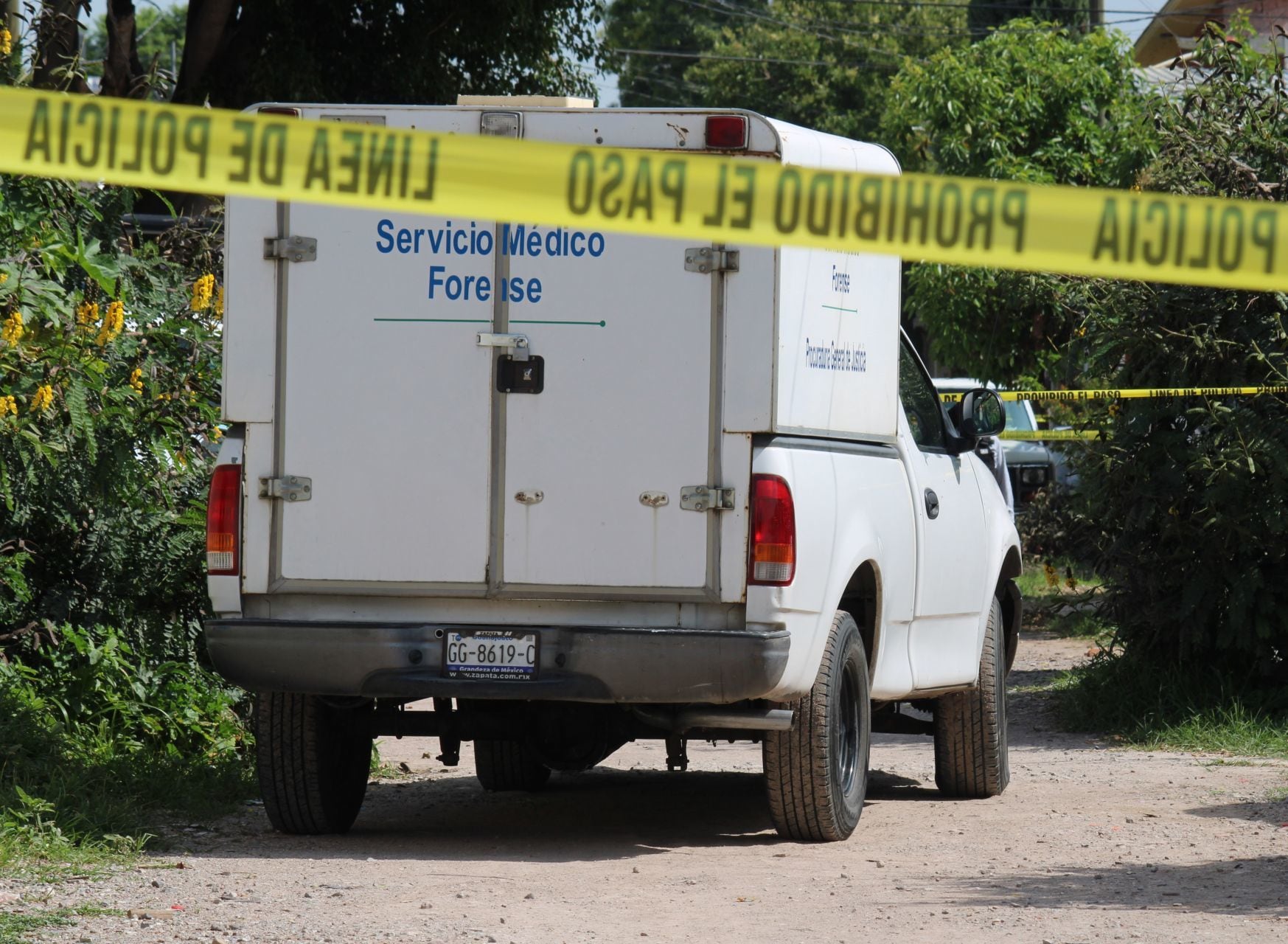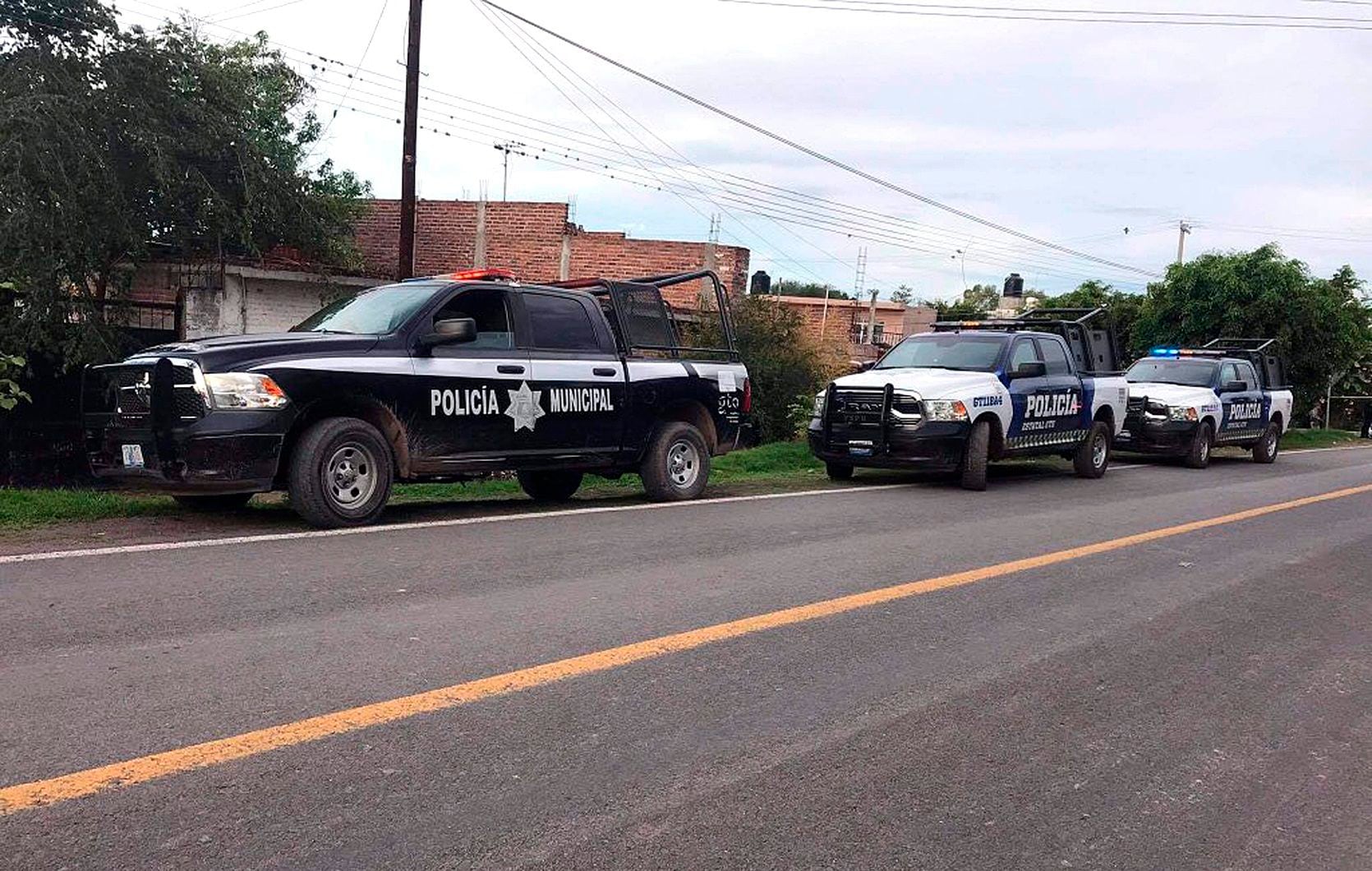
As of March 28, Guanajuato registered 2,660 missing persons, while in all of Mexico there were 98,302. Behind both figures are thousands of stories of life and search of their relatives and that part of society that has been showing solidarity with them and them.
The dimension of the humanitarian crisis, made up of multiple systematic and widespread violence and violations of human rights, as well as attacks on bodies, territories and social spheres, has not stopped growing in recent years.
We can increasingly see ourselves within a context of itinerant, irregular and regionalized micro and macro armed conflicts, which cannot be defined as traditional wars, but which cannot be hidden behind the simple label of “fight against drugs” or “organized crime”.
On the contrary, we are witnessing the spread of groups that, in the paramilitary and criminal style, extort and control populations and economic resources of all kinds, with certain margins for maneuver and areas liberated in collusion with authorities. Turns ranging from the collection of floor rights to money laundering, from extortion to hydrocarbon trafficking, from enslavement and trafficking in people to arms trafficking, that is, matters that go beyond illegal drugs.
It should be borne in mind that official figures of disappearances reflect only part of the problem, owing to the high number of those who have not reported a disappearance for various reasons, the so-called “black figure”, and because of the enormous ignorance of the phenomenon of missing migrants.

In view of the crisis of insecurity over the past 5 years and the most recent appearance of 15 groups of relatives of missing persons and search women in Guanajuato, the issues of humanitarian search, victim care and forensic identification, as well as the harrowing phenomena of intentional homicides, clandestine graves and extermination sites , have become a little more visible and were placed, even with reservations and limits, under some public scrutiny.
However, there are two aspects that have been relatively shadowed within what we perceive and study of the context at the state level and of public discussion: the military factor and the municipal factor.
On the one hand, the militarization pattern refers to the reference to the performance of public security tasks by militarized bodies, such as the National Guard, or directly by the armed forces. This historically and comparatively in other entities and countries has led to serious problems for security, violence and democratic quality itself.
Although it has not always been possible to establish a direct relationship between the presence of military forces in the territories and the increase in violence, in Mexico the relationship has existed depending on the dynamics, the local populations and resources in which they intervene, and the type of operations and territorial control they seek perform.
In Guanajuato, there were 1,049 Sedena troops deployed in 2019 and 3,919 in October 2021, almost four times as many in a couple of years. Likewise, the National Guard quadrupled its presence from 2,110 troops in July 2019, when it was created, to 8,210 in November of last year, while the civilian, state and municipal police only reached 10,725 deployed, that is, fewer than those of the military forces.
We currently consider the GN as a de facto military corps because its commands, training, origin of the vast majority of troops and operational logics are not civil police.
The escalation of violence in the state has also been recorded in parallel with the increase in these deployments and operations.

On the other hand, the level of government that has been most ignored from the serious situation of disappearances has been the municipal one, although it is the one that, by its nature, should be closest to citizens and local problems, including the disappearances that continue to occur daily and which, if they do not intervene promptly from the local level, become permanent by deepening the crisis.
According to federal legislation and Guanajuato laws on disappearance, search and care for victims, the three levels of government and the authorities of the executive, legislative and judicial branches have a series of powers and responsibilities to deal with disappearances, which are therefore considered as a cross-cutting issue and which requires coordination at the national and international levels, as well as full respect for the right to joint participation of victims, their organizations and accompanying groups or persons with legitimate interest.
Unfortunately, to date, these have been unknown elements in municipal policy, or simply considered matters that do not fall within its competence. In this sense, municipalities seem to confuse the fact that they do not have exclusive competence over a matter with that of not having full competence, and so many years of unjustifiable delays have accumulated since the laws were passed and involved their participation.
Only since November 2021, a part of the Guanajuatense municipalities began to sign agreements with the State Commission for the Search of Persons to create municipal search cells or groups and, even so, have not actively involved in their formulation the victims and groups who already have years of experience in the territory and can contribute to the search, or in aspects of neighborhood and community intelligence that make networks. This is just a sample button, since there are many more aspects in which the local level must be involved and in which it can even improve the minimum rights guaranteed to people and related to disappearances, searches and care for victims (we have worked on them in Ibero from the book “Proposals for León 2021″)
This is corroborated by 9 requests made in November 2021 via the Transparency Unit to many other municipalities that have high numbers of disappearances and/or clandestine graves: León, Celaya, Irapuato, Silao, Salamanca, Pénjamo, Salvatierra, Acámbaro, Guanajuato. The questions asked for information based on the powers established by the State Search Law and focused on its municipal cells, which to date have not been implemented anywhere; on its municipal pantheons, of which data or records useful for long-standing search are sometimes not shared; about their offices or municipal officials responsible for the care of victims, which are generally simply “channeled” by non-specialized persons, among other functions that they must perform and which, on the other hand, have not been attended to. In some replies, municipalities even declared that they were not competent, or in all of them they stated that they did not have search groups or information on training, pantheons or other activities provided for by the Act.
The findings confirm the information collected in 2020 during another research on the same topics and the legal obligations for municipalities that, at this time, despite the change of administrations and the signalling of collectives throughout 2021, have not turned their gaze in a coordinated and truly collaborative way towards missing persons and their families within their territories and areas of competence, beyond some meetings, formal invitations to attend events, or timely, assistance or emergency support from victims and organizations.
* Fabrizio Lorusso is an academic in the Department of Social Sciences and Humanities at the Universidad Iberoamericana Campus León and a member of the Platform for Peace and Justice in Guanajuato .
KEEP READING:
Últimas Noticias
Debanhi Escobar: they secured the motel where she was found lifeless in a cistern

The oldest person in the world died at the age of 119

Macabre find in CDMX: they left a body bagged and tied in a taxi
The eagles of America will face Manchester City in a duel of legends. Here are the details

Why is it good to bring dogs out to know the world when they are puppies




